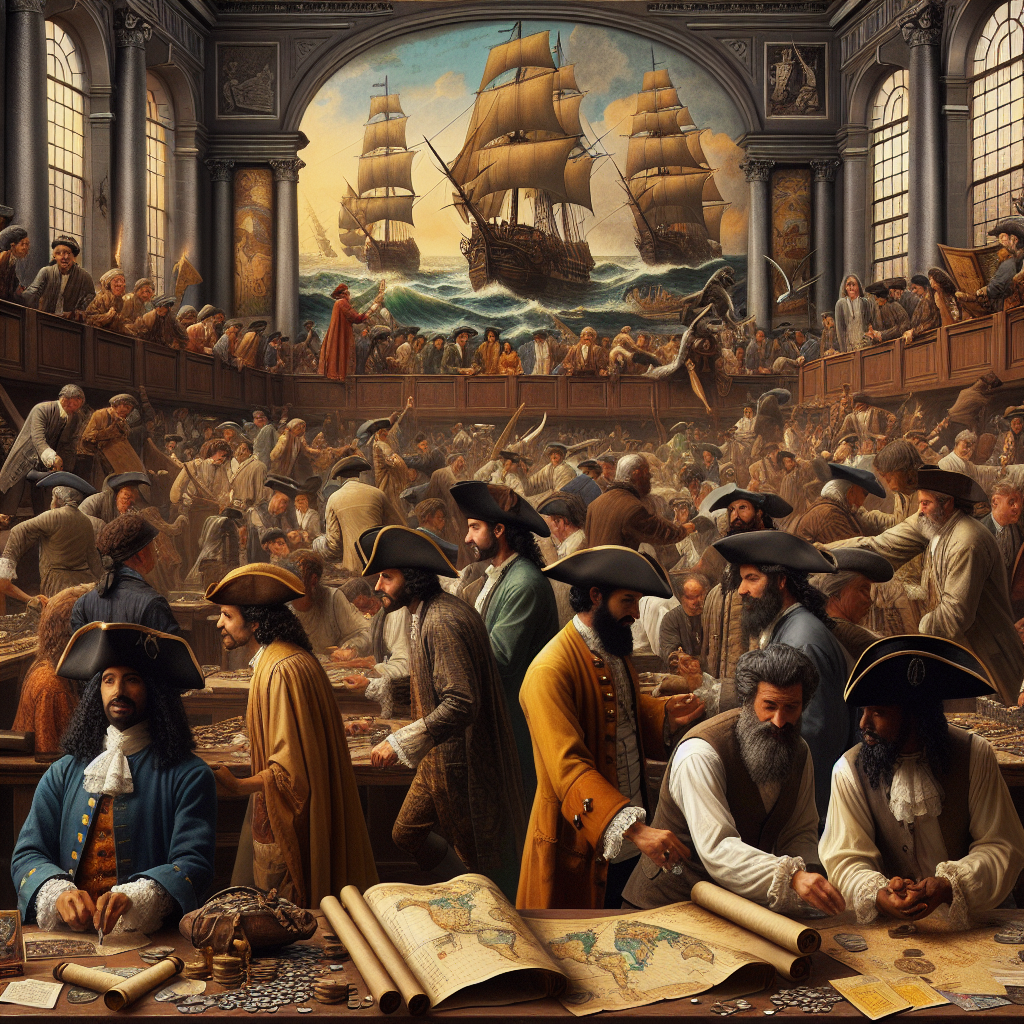Throughout human history, language has been much more than a means of communication—it has been a tool of power, mystery, and survival. The great empires of the ancient world, from Mesopotamia to the Maya, all possessed secret tongues, coded writings, and symbolic systems designed to conceal knowledge, preserve sacred truths, or maintain political control. These languages, often lost or misunderstood for centuries, still whisper the secrets of the civilizations that created them.
Long before alphabets and standardized scripts, early societies used pictograms and ideograms to represent ideas rather than sounds. The Sumerians, often credited with inventing writing around 3200 BCE, used cuneiform not only for record-keeping but also for rituals and state secrets. High priests and royal scribes guarded the deeper meanings of these wedge-shaped marks, which could record anything from grain transactions to cosmic prophecies. Only a small educated elite could read or write, turning literacy itself into a form of political power.
In ancient Egypt, the story was similar but layered with even more mystique. Hieroglyphics were not just a writing system—they were a sacred art form. Each symbol was thought to carry divine energy, capable of influencing reality itself. To write was to create, to speak the words of gods in visible form. But beyond the famous wall carvings meant for public view, there existed a hidden side of Egyptian writing—texts reserved for priests and initiates. The so-called “Book of Thoth,” for instance, was believed to contain the keys to understanding the universe, but to read it without proper initiation was said to bring madness or death. Whether this was true or a deterrent to outsiders, it reinforced the notion that language could be a gatekeeper of divine power.
Far across the world, the Maya developed one of the most complex written systems known to antiquity—a combination of logograms and phonetic symbols that remained undeciphered until the 20th century. For centuries, European scholars viewed their glyphs as mere decoration, failing to realize they encoded everything from royal lineages to astronomical observations. The Maya scribes, known as aj tz’ib, were trained from childhood and served as keepers of cosmic order, their secret writing directly tied to timekeeping and prophecy. When Spanish conquistadors burned countless Maya codices, they destroyed not just historical records, but an entire worldview expressed through symbols.
The Persians, Greeks, and Romans also dabbled in linguistic secrecy. The Achaemenid Empire used multiple languages on its monuments—Old Persian, Elamite, and Babylonian—ensuring that only a select few could fully grasp imperial decrees. In Greece, philosophers like Pythagoras and Plato used coded language and allegory to conceal metaphysical teachings from the uninitiated. Even the early Christians adopted secret symbols, like the fish (ichthys), to communicate faith in times of persecution.
Perhaps one of the most fascinating examples of linguistic secrecy came from the Indus Valley Civilization. Despite thousands of excavated seals marked with distinct signs and symbols, the script remains undeciphered to this day. Some scholars believe it may not even represent a full language but rather a symbolic code used for trade or religious ritual. Others suspect it held spiritual significance akin to mantras—spoken formulas not meant to be understood but to vibrate with sacred sound.
The impulse to conceal meaning is as old as communication itself. Whether through the esoteric scripts of temple scribes or the hidden alphabets of secret societies, humanity has always sought to keep certain truths veiled, accessible only to those deemed worthy. Even today, the legacy continues: from the coded transmissions of spies to the cryptographic languages of computers, the art of hidden communication has simply evolved, not vanished.
In studying these ancient secret languages, we are not merely decoding symbols—we are glimpsing the minds of people who believed words could shape worlds. Their scripts may be silent now, carved into forgotten stones or buried beneath desert sands, but their echoes remind us that language has always been humanity’s most powerful form of magic.




